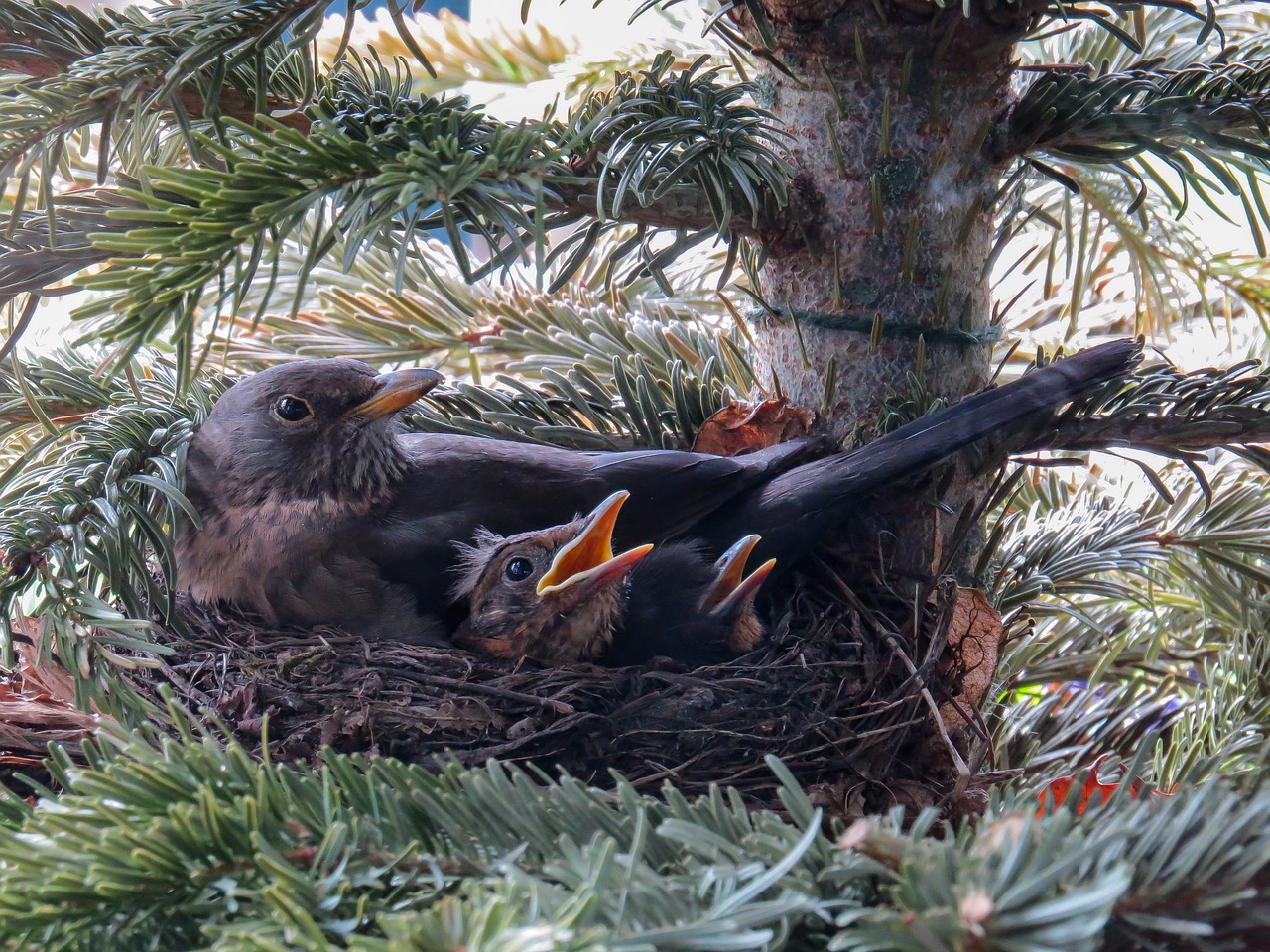Nest height and nesting losses of rural and urban Blackbirds Turdus merula
DOI:
https://doi.org/10.34080/os.v10.22873Keywords:
breeding biology, nest site selection, urbanisation, breeding success, predator-prey interactionAbstract
Nest height and nesting losses of first broods in the Blackbird Turdus merula were studied during April and May in 1990 and 1992. Data were collected in Slovenia in one rural (Dravsko polje) and two urban areas (Ljubljana, Maribor). The Blackbird nests were located 0.7–8.0 m above ground level in urban areas and 0.1–4.4 m above ground on rural land. Nests in urban environments were on average located significantly higher (2.6 and 2.1 m) than in rural areas (1.5 m). Mean nest height in the two urban areas also differed significantly. In contrast, the height of trees and bushes in which nests were located did not differ between areas. This suggests that the Blackbirds adjusted their nest location in response to local conditions, e.g. different predation pressure in urban and rural areas. Nesting losses were comparatively low and varied between localities (Ljubljana 78%, Maribor 59% and Dravsko polje 76%), but the differences were not significant. Daily nest survival rates were calculated (the Mayfield method) separately for egg and nestling stages for urban and rural habitat. Values for egg stage was 0.984 for Maribor and 0.978 for Dravsko polje, whereas values for nestling stage in Ljubljana was 0.989 and in Dravsko polje 0.983.
Downloads

Downloads
Published
How to Cite
Issue
Section
License
The copyright of each contribution belongs to the author(s), but all contributions are published under a Creative Commons license, so that anyone is free to share and reuse the contribution as long as the copyright holder is attributed.







